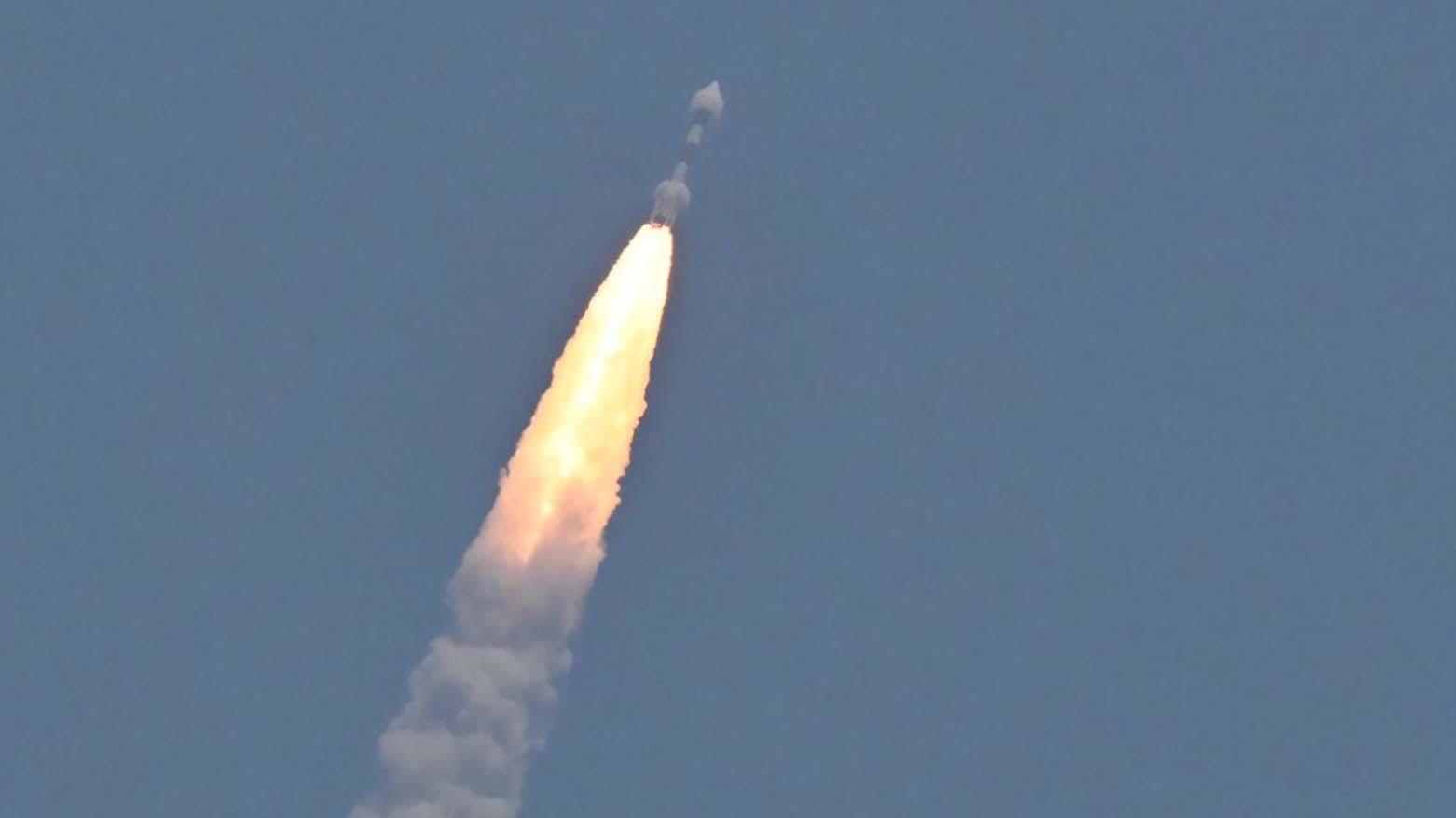After Chandrayaan-3, India successfully launches its first solar observation mission

ERBIL (Kurdistan 24) – India on Saturday morning successfully launched its first observation mission Aditya-L1 to the Sun, days after its Chandrayaan-3 lander softly landed on the moon for the first time in the country’s history.
The solar observation probe was launched at Sriharikota on Saturday at 11:50 India time while thousands of people observed the blastoff both in the viewing gallery as well as on national TV.
The space-based mission marks the first of its kind by India that is set to study the Sun's activities.
The Indian Space Research Organization, known as ISRO, said the probe will take four months to travel 1.5 million km from the Earth, which is 1 percent of the Earth-Sun distance.
The space agency declared “mission successful” after an hour and four minutes of flight time.
"Now it will continue on its journey - it's a very long journey of 135 days, let's wish it [the] best of luck," Sreedhara Panicker Somanath, the head of the agency, said.
If the mission is successful, India will join the US, EU, and Japan which are already studying the Sun.
Studying the Sun’s corona (the outermost layer), the photosphere (the sun’s surface), and the chromosphere are part of the mission’s objectives. The scientists will be able to understand the Sun’s activities, including solar flares and winds.
Per the Indian press reports, the mission’s price tag is set at 3.78bn rupees ($46m).
“Our tireless scientific efforts will continue in order to develop a better understanding of the Universe for the welfare of entire humanity,” Indian Prime Minister Narendra Modi said on the X platform, formerly known as Twitter, on Saturday.
After the success of Chandrayaan-3, India continues its space journey.
— Narendra Modi (@narendramodi) September 2, 2023
Congratulations to our scientists and engineers at @isro for the successful launch of India’s first Solar Mission, Aditya -L1.
Our tireless scientific efforts will continue in order to develop better…
The new space mission came after India’s Chandrayaan-3 touched down on the lunar south pole on August 25, marking the Asian country as the first ever to have reached the Moon’s rough terrain. Its Pragyan rover has been exploring the surface.
NASA's Parker Solar Probe has been the first country to have "touched" the Sun when it flew through the Sun's upper atmosphere in 2021.
